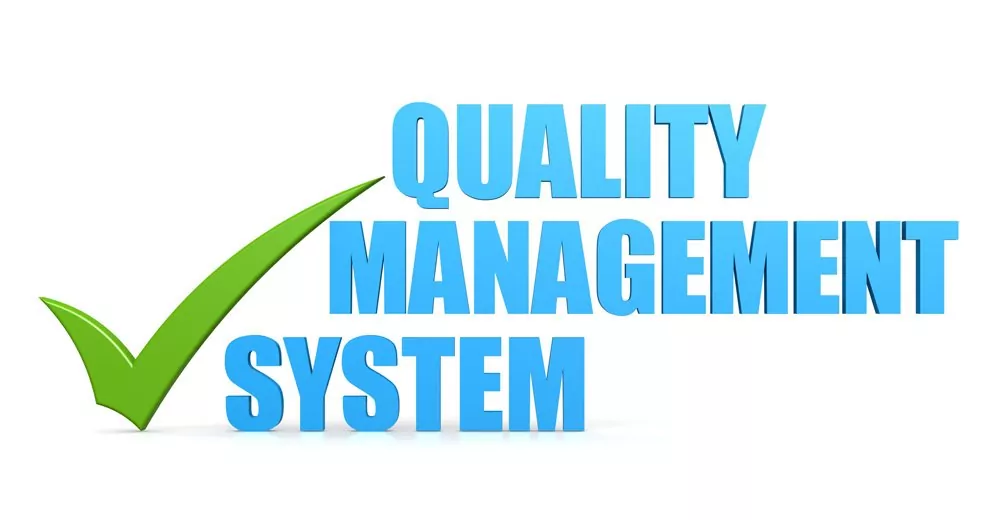Top tips for building your ISO Quality Management System for Pharmaceutical Companies
A Quality Management System (QMS) is key for pharma companies and should encourage organisations to comply with ICH Q10 and ISO guidance. Pharmaceutical QMS must also accommodate unique industry requirements to achieve core quality principles and other requirements by providing all the features necessary to comply with cGMP, maintain global quality control, and achieve continuous improvement. These include:
Customer Focus
Determined to exceed customer expectations should be the primary focus of a quality management system. Organizations achieve success when they earn customer confidence and use customer interaction. Start-ups in the pharmaceutical industry often have an advantage when it comes to establishing a customer focused culture. This desire to help patients should be fundamental to pharmaceutical QMS. An effective PQS should encourage pharma companies to make decisions to improve the quality of products and the speed of delivery.
Continuous Improvement
For pharma companies, constant improvement is likely vital to survival. The pharmaceutical industry is under intense pressure to meet strict regulatory requirements and pricing pressures while evolving to meet changing customer expectations.
Process-Centered Approach
According to ISO, “consistent and predictable results are achieved more effectively and efficiently when activities are understood and managed as interrelated processes. A process-centered approach involves the development of clear SOPs for every role and responsibility in the organization, but it also requires pharma organizations to shift their focus to the entire product lifecycle. Historically, pharma manufacturers were able to place the responsibility for quality on partnerships in the supply chain.
Process-centered Quality Management Systems are crucial for regulatory compliance in pharma, particularly at organisations that rely on entirely outsourced manufacturing partnerships. Pharma organisations should consider whether their QMS supports process-centered best practices, including:
- Conducting supplier risk assessments
- Performing supplier audits
- Monitoring, documenting, and reviewing supplier performance
- Establishing written quality guidelines and SOPs for suppliers
Total Employee Involvement
Every employee at a pharma organization has an impact on the company’s ability to deliver a quality product. Quality isn’t a checklist, a goal of the management team, or the responsibility of the quality unit. It’s a core component of the culture which should be owned by every member of the organization. To involve employees in improvement, a pharma QMS should create an empowered and knowledgeable workforce through practical training, collaboration tools, and clear channels for communicating opportunities.
Integrated Systems
Quality Management Systems consist of a framework for the governance of interrelated processes. An organization can only optimize products and performance by understanding how a system produces results. Transparency of information can be supported by a comprehensive QMS software which complies with cGMP and ICH Q10.
Key elements for an integrated pharmaceutical QMS include:
- Quality policy
- Personnel
- Development and implementation
- Production
- Documents
- Facilities and equipment
- Self-inspection
- Management responsibilities
- Evaluation of suppliers and purchasing
- Supplier production and analysis
- Risk analysis
- Monitoring and control
- Complaints and recalls (CAPA)
- Measurement, analysis, and improvement
Fact-based Decision Making
“Evidence-based decision making” is among the core principles of ISO, who writes “decisions based on the analysis and evaluation of data and information are more likely to produce desired results.” Pharmaceutical executives are now required to make decisions based on data throughout the product lifecycle. A QMS must provide the comprehensive picture and analysis capabilities to avoid the risks of assumptions. Data can help leadership decide where change makes sense and when immediate changes are necessary to protect product quality.
Communications
To support relationships in a quality-driven organization, ISO advises companies to “pool and share information, expertise, and resources with relevant interested parties,” provide success metrics and channels for feedback, and refine methods for collaboration. Communications should be easily monitored and simple to distribute based on role. A QMS should offer ease-of-use for end users with simple search features and mobile access to real-time collaboration.
The below link to guideline ICH 10 Pharmaceutical Quality system describes a model for an effective quality management system for the pharmaceutical industry.
PharmaLex can support your organisation in many ways by developing your company’s Quality Management system, highlighting new system designs, or the provision of any support your company may require in relation to QMS.








